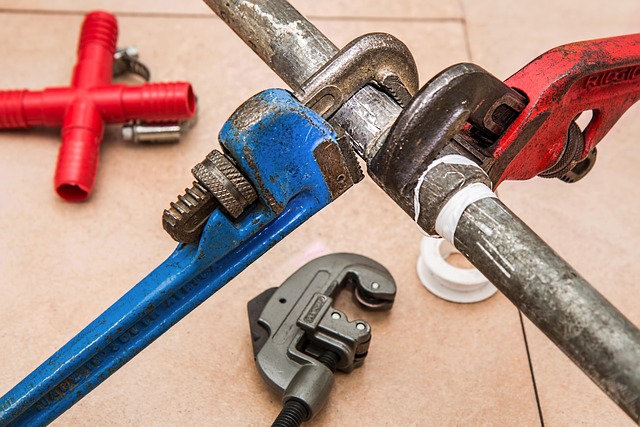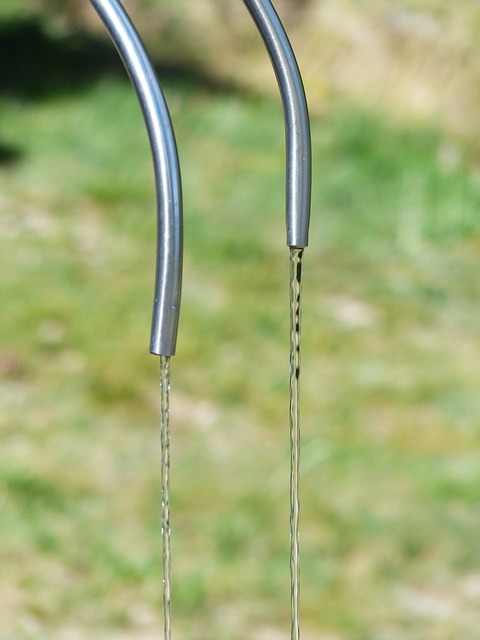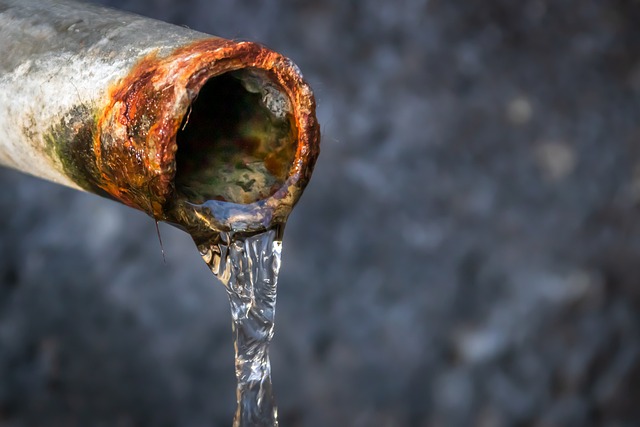Homeowners can prevent costly water damage by learning Pipe Leak Detection Tips. Understanding common signs like moisture stains and unusual odours, recognizing seasonal condensation, and regularly inspecting for wet spots are key. Maintain pipes, improve ventilation, and address underlying issues to effectively detect and mitigate potential leaks.
Is it a pipe leak or condensation building up in your home? Differentiating between these two issues is crucial for effective maintenance. This article guides you through the process of identifying and addressing potential problems. We’ll explore common signs and causes of pipe leaks, including noticeable water damage and persistent dripping. For condensation, we’ll delve into its origins, like poor ventilation or temperature variations, and offer tips on how to detect these subtle yet significant issues. Learn practical Pipe Leak Detection Tips for prompt action and peace of mind.
- Understanding Pipe Leaks: Common Signs and Causes
- Recognizing Condensation: When It's Just Moisture
- Effective Detection Methods for Both Issues
Understanding Pipe Leaks: Common Signs and Causes

Many homeowners often face a dilemma when they discover water damage, questioning whether it’s caused by a pipe leak or condensation. To navigate this, it’s crucial to understand the common signs and causes of pipe leaks. Pipe leaks can occur due to various factors such as burst pipes during extreme weather conditions, aging infrastructure, faulty fittings, or frozen pipes that subsequently thaw. These issues often manifest through visible water stains on walls or ceilings, bubbling or peeling paint, or even strange odours.
Early detection is key when it comes to pipe leak detection tips. Regularly check for any signs of moisture or water damage in your home, especially in areas prone to freezing temperatures during winter. Look out for sudden spikes in water bills without apparent reasons, as this could indicate hidden leaks within the plumbing system. By being vigilant and promptly addressing potential issues, you can mitigate extensive water damage and costly repairs.
Recognizing Condensation: When It's Just Moisture

Condensation is a common household issue, often mistaken for a pipe leak. It appears as moisture on windows, walls, or ceilings, usually in colder months when warm air meets cold surfaces. While it might seem like a minor inconvenience, recognizing condensation accurately is crucial for effective Pipe Leak Detection Tips.
To differentiate between condensation and an actual pipe leak, consider the following: its location, consistency, and seasonality. Condensation typically forms on exterior walls or windows, especially where there’s a temperature difference. It often looks like tiny water droplets or a misty film. This phenomenon is usually harmless and occurs naturally during colder weather. Conversely, a pipe leak involves continuous water discharge from specific points along pipes, potentially causing water damage and visible signs of moisture intrusion.
Effective Detection Methods for Both Issues

Effective Detection begins with keen observation. For a pipe leak, look for signs like persistent wet spots or discolored areas around pipes and fixtures, unusual humidity levels, or a noticeable decline in water pressure. Pay attention to strange noises coming from plumbing systems, as these could indicate leaky pipes. Condensation, on the other hand, often manifests as foggy windows, condensation on walls or ceilings, and musty odors—especially in poorly ventilated spaces. Check for temperature variations; areas feeling unusually cold may suggest condensation issues. Utilize technology like moisture meters to confirm presence and severity of both leaks and condensation. These tools can pinpoint exact locations and help determine the extent of potential damage.
Additionally, consider visual inspections with torches or specialized cameras for hard-to-reach areas. Regular maintenance, including checking pipes for corrosion or signs of wear, is crucial for early detection. Pay close attention to older plumbing systems, as they are more prone to leaks. For condensation, improve ventilation in affected spaces by opening windows, using fans, or installing exhaust vents. Address any underlying causes like poor insulation or excessive humidity resulting from high-moisture activities.
Whether it’s a pipe leak or condensation, identifying the source of moisture is crucial for effective resolution. By understanding the distinct signs and employing appropriate detection methods outlined in this article, you can differentiate between these two common issues. Arm yourself with knowledge, stay vigilant, and address any potential problems promptly using our provided Pipe Leak Detection Tips to keep your spaces dry and comfortable.
